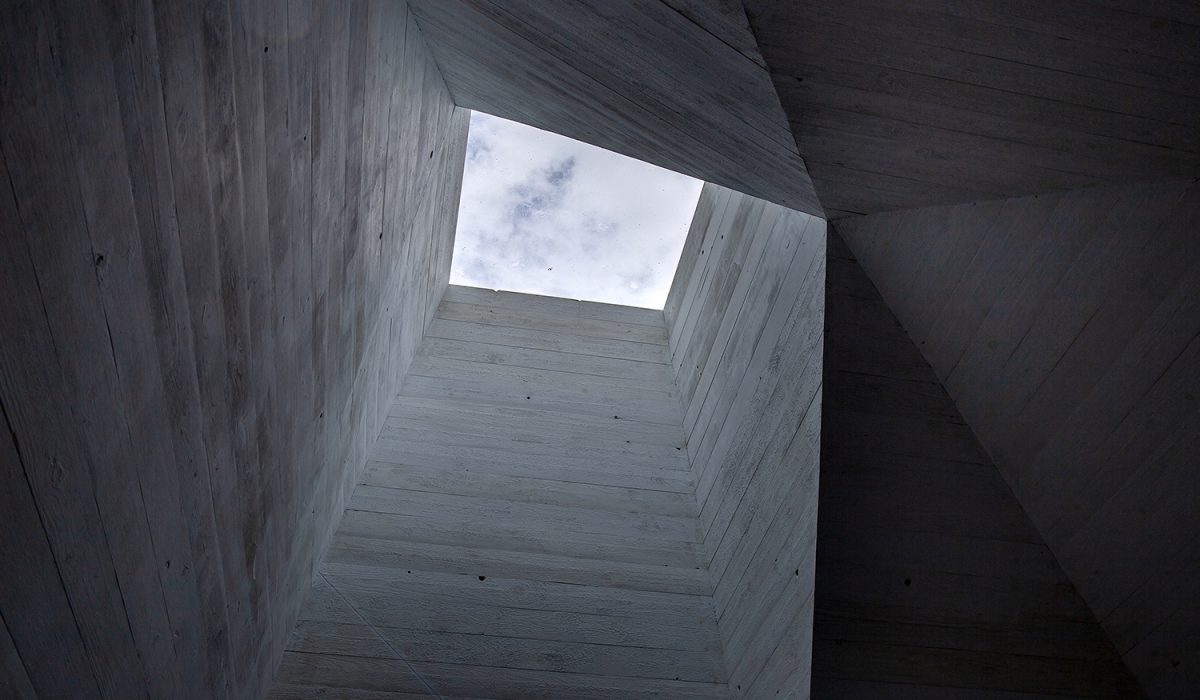In 1886, French Architect – Engineer Gustavos Eiffel submitted to an Architectural Competition the proposal he envisioned regarding a central construction for the proposed entrance to the International Universal Exhibition (1889) in Paris, a World Exhibition to celebrate the centenary of the French Revolution. The winning proposal, now known as the Eiffel Tower, has since become a global cultural symbol of France and one of the most recognizable constructions in the world, with 6 million visitors annually.
High-level Architectural Competitions have led to the creation of emblematic landmark buildings, such as the Sydney Opera House (1955), the Georges Pompidou Centre (1971), the Jewish Museum Berlin (1989), the Guggenheim Museum in Bilbao (1992), the Beijing National Stadium (2001) and many other works, which have become symbols, in cities and regions, shaping urban character, attracting tourism, strengthening the economy and nurturing the sense of urban pride. This proves that winning implemented proposals for Architectural Competitions can act as catalysts in the urban development and revitalisation of an area.
The reason for the huge positive impact of a winning architectural competition result project, whether small or large, is that it comes in the midst of a rigorous and transparent evaluation and selection process by a qualified jury, whose role is to examine in a comparative and detailed manner multiple aspects of the competing architectural proposals. This process has multiple benefits since the winning studies in their implementation stage are often innovative and creative, transcend the boundaries of traditional design standards, introduce new concepts, materials, and technologies, face real challenges and problems, offer practical, applicable answers to issues such as sustainability, urban density, social inclusion and much more.
They also offer a platform for architects, both established and emerging, to present their design skills and experience. Success or even distinction in an architectural competition can provide valuable visibility and recognition to the industry. The study process requires the collaboration of architects, scholars, judges, and experts providing them with valuable professional experience. At the same time, the process of research, conception and completion of the architectural proposal based on the terms of the competition, enhances the skills and knowledge of the Architects by evolving them empirically.
At the recent UIA World Congress, the Architectural Association of Switzerland, in the context of highlighting the importance of Architectural Competitions, presented 20 steps towards the successful implementation of a project, through the Architectural Competition process, from the definition of needs to the implementation stage. Like Switzerland, the International Architecture community recognises the multiple benefits and strongly supports the process of Architectural Competitions, both in the evolution of the profession and in the development of the built environment. Although this process in Cyprus has produced excellent examples of remarkable contemporary architecture over time, unfortunately, this institution is unjustly disputed.
It is now time to recognise by the Government Services (Ministries, Municipal and Urban Authorities) that the Architectural Competitions process based on Cyprus Scientific and Technical Chamber’s (ΕΤΕΚ) Conduct Regulations only brings benefits to society and the built environment. Especially for new public-use projects, it is crucial to follow this process, including the involvement of communities/users in shaping the projects. This synergy helps the community/users to accept and support a project in advance and the Study Group fully understands their needs. This approach creates long-term resilient sustainable cities as users fully assimilate the built environment.
In order to preserve and improve the built environment, it is necessary to avoid awarding projects based solely on their economic-commercial aspect, a process that lacks pluralism of ideas and thus a multidimensional and successful architectural approach. The Architectural Competitions contribute to the creation of spaces that are functional, aesthetically pleasing, and meet the needs of society. More importantly, they play a key role in shaping a resilient and sustainable built environment, with urban planning and quality architecture, while promoting innovation, and sustainability, enhancing community participation and positively affecting the development of cities.
Article by Alkis Dikaios, Architect


